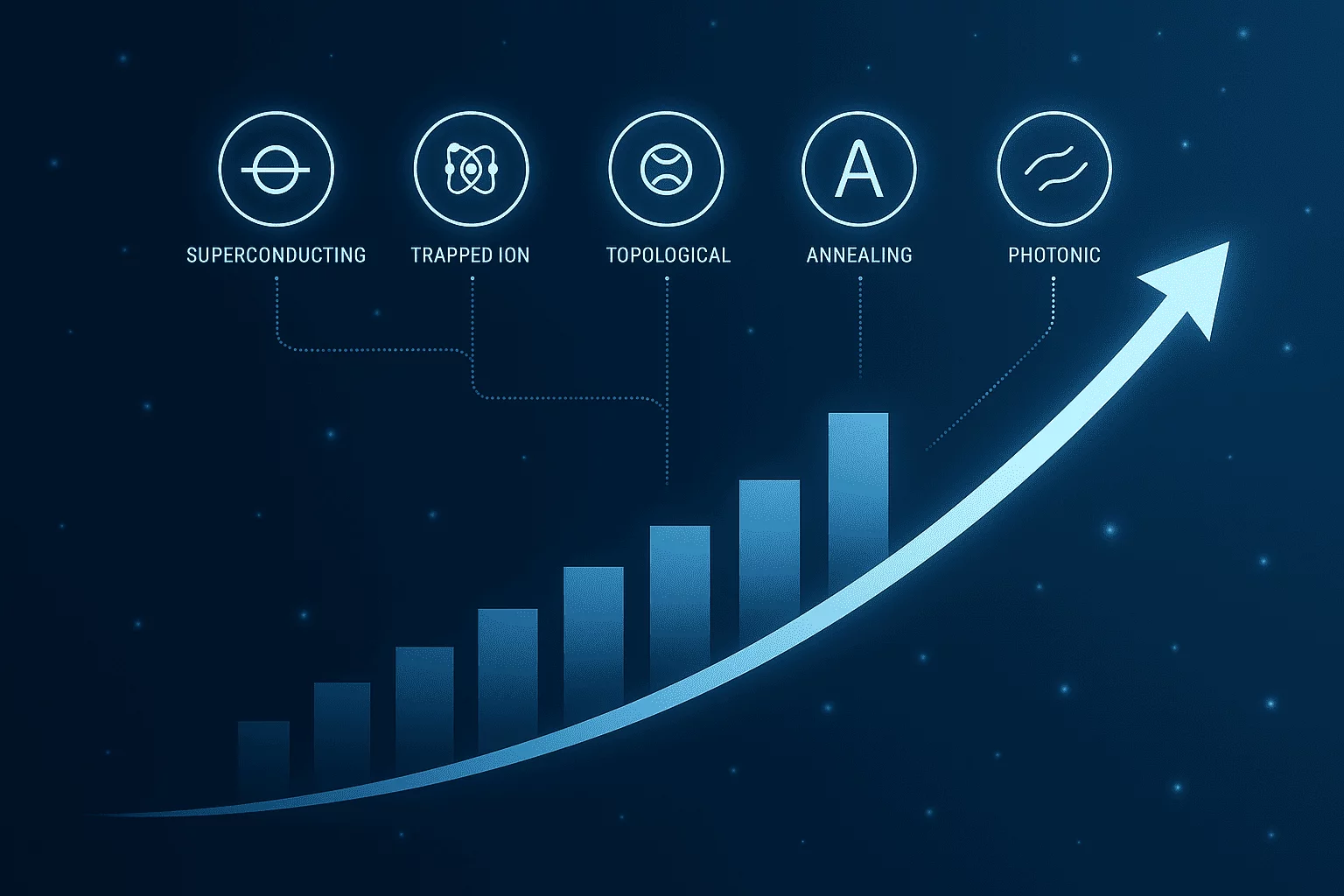Inflation remains one of the most watched and debated economic indicators in 2025. For consumers, it shapes everything from grocery bills to rent. For policymakers and investors, it drives decisions on interest rates, spending, and financial strategy. In March 2025, the U.S. economy saw a surprising and rare development—consumer prices, as measured by the Consumer Price Index (CPI), actually declined. This marks the first monthly drop since the spring of 2020, offering a brief moment of relief amid what has been a persistently high inflation environment for several years.
This cooling, however, comes with a significant caveat. While prices fell slightly in March, the broader context includes a new wave of U.S. trade tariffs targeting key imports from China and Europe. These tariffs—ranging from 25% to over 100%—have only just taken effect and are expected to ripple through supply chains in the coming months. Many economists warn that this short-term drop in inflation could be followed by a renewed surge later in the year.
This report explores the March CPI data in detail—what’s driving the decline, how different sectors are responding, what the Federal Reserve is likely to do next, and why the relief might be short-lived as trade tensions rise.
Key Highlights
- Monthly CPI Movement: The CPI decreased by 0.1% in March, marking the first month-over-month decline since May 2020.
- Annual Inflation Rate: Year-over-year inflation slowed to 2.4%, down from 2.8% in February, reaching its lowest level since February 2021.
- Core Inflation: Excluding food and energy, core CPI rose by 0.1% month-over-month and 2.8% annually, the smallest annual increase in four years.
Sectoral Analysis
- Energy: The energy index fell by 2.4% in March, driven by a 6.3% drop in gasoline prices, which contributed significantly to the overall CPI decline.
- Food: Food prices increased by 0.4% month-over-month, with grocery prices up 0.5%. Notably, egg prices surged by 5.9% in March and have risen by 60.4% over the past year.
- Shelter: Shelter costs continued to rise, with the index increasing by 0.2% in March. Rent and owners’ equivalent rent rose by 0.3% and 0.4%, respectively.
- Transportation: Airline fares decreased by 5.3%, contributing to the overall decline in transportation costs.
Tariff Implications
In early April, the U.S. administration imposed significant tariffs. It includes a 125% duty on Chinese imports and 25% tariffs on steel and aluminum. These measures are expected to exert upward pressure on consumer prices in the coming months.
Analysts caution that these tariffs could reverse the recent easing of inflation, potentially pushing the annual rate back towards 4% by mid-year.
Federal Reserve Outlook
The Federal Reserve faces a complex environment, balancing the recent inflation slowdown against potential future increases due to tariffs. While current data may support holding interest rates steady, the evolving trade landscape could influence future monetary policy decisions.
Market Reactions
Financial markets have shown mixed responses. While the initial CPI report provided some optimism, concerns over the inflationary impact of new tariffs have led to increased volatility. Investors are closely monitoring upcoming economic data and policy announcements.
Conclusion
The March 2025 CPI report indicates a temporary easing of inflation, primarily due to declining energy prices. However, recent tariff implementations present new challenges, potentially reigniting inflationary pressures in the near future. Policymakers and investors alike must navigate this uncertain landscape with caution.





